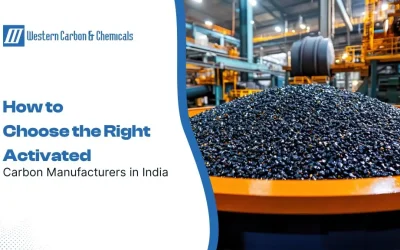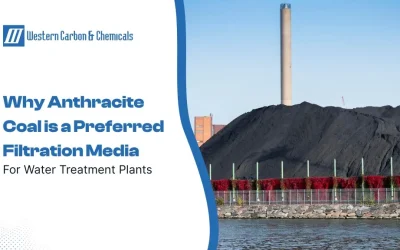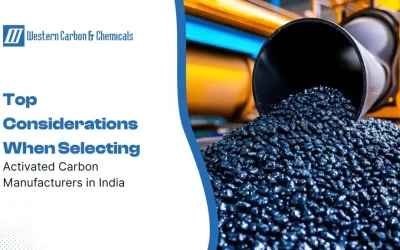Activated carbon is a widely used material for diverse applications across industries. Many manufacturers ofactivated carbon manufacturers in world offer a variety of activated carbon types and grades for specific requirements. Selecting the right activated carbon is a challenging task that takes more than just comparing prices. There are various factors that you need to consider when choosing the right activated carbon. Some activated carbon may be more suitable for specific industrial applications, so select them based on parameters. Here are some tips to help you pick the most suitable activated carbon for industrial applications.
What is Activated Carbon?
What Is Activated Carbon? It is a highly porous and versatile material. It is produced from carbon-rich materials like coconutshell, coal and wood. Due to its high surface area, porosity and surface reactivity, activated carbon is used to purify, filter and deodorize liquid and vapour applications. The activated carbon manufacturer in India offers a comprehensive range of granular activated carbonn powdered activated carbon, impregnated activated carbon and coconut activated carbon.
4 Tips to Choose the Right Activated Carbon for Industrial Applications
1. Quality Parameters
One can find the right activated carbon based on the resulting performance and generic characteristics. This depends on the type of raw material used to produce the activated carbon. It is a myth that every carbon is the same; there is a huge difference between activated carbon based on wood, coconut shells and coal as raw material. It is crucial to choose the proper base as it determines the pore structure and other properties that impact the performance. Choose activated carbon suppliers that produce it using coconut shells, sub-bituminous coal, or wood chips.
Also Read : Advantages of Activated Carbon
2. Certification & Standards
It is crucial to consider a manufacturer’s certification and standards to determine the quality and grade of activated carbon. For instance, the NSF/ANSI Standard 61 is suitable for drinking water treatment systems.
3. Pore Size of Carbon Particles
The performance, quality and efficiency of the activated carbon depend on the internal pore structure of the activated carbon molecules. The internal pore structure is categorised into micropores, macropores and mesopores. Large, activated carbon molecules pores allow quick removal of organic matter from liquid and gas. Smaller pores like micropores and mesopores are ideal for industrial applications that require the removal of target substances from liquids and gases via the adsorption process. For instance, micropores are effective in removing small organic molecules, while macropores are more suitable for larger molecules. Understanding the pore size of the activated carbon can help you select the right product for your specific application.
4. Iodine Value
The iodine value is the value that determines the adsorption performance of the activated carbon. The higher the iodine value, the more superior activated carbon you get. If you want activated carbon for drinking water treatment, the purification effect of 950 mg/g iodine value is more desirable than 800 mg/g. The suppliers of activated carbon can help measure the iodine value.
Conclusion
When selecting the activated carbon for your specific application, take these tips into consideration. Western Carbon & Chemicals, a leading coconut shell activated carbon manufacturer in Japan, has the experience and expertise to fulfil your complex requirements. Whether you need activated carbon for drinking water treatment or general industrial applications, we can provide you with a product that meets your requirements. For more details on our activated carbon, call us today.





